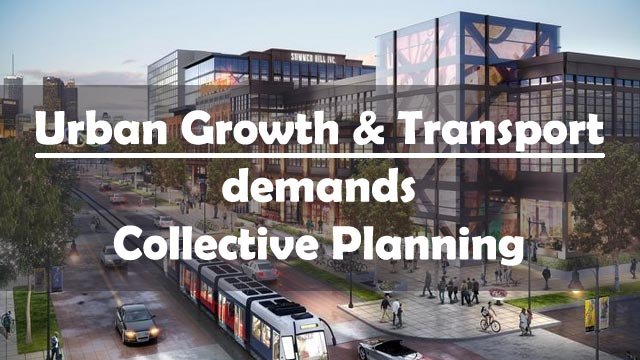
Changing Trends in City Planning
Concept of Neighborhood was introduced with changing trends in society. Neighborhood is a self contained community which provides maximum social interaction to the inhabitants and basic components are the housing clusters, neighborhood center, educational facilities, recreational facilities and circulation network.
Planning of Housing Cluster is based upon the income group of the people. The clusters are divided into the low income group housing, middle and high income housing and standard of facilities vary according to income group of people.
Planning of Neighborhood Center is done in such a way so that it is easily accessible from all housing cluster. It should be within range of 1 Km from all clusters.
Recreational Areas – nowadays hierarchy of recreational areas is followed. These are in terms of parks and open spaces, eating joints, etc. Hierarchy of recreational areas is maintained in terms of neighborhood parks, cluster parks and the tot-lots (in vicinity of cluster). In between each cluster, there can be a separate informal activity areas.
Educational Areas – basically provided in terms of kindergartens, nursery schools and primarily schools (basically meant for small kids). Accessibility of educational areas is preferred from secondary roads rather than main highways and generally the way to these areas should be pedestrianized.
Circulation Areas – Hierarchy of these is maintained from preferred roads to loop roads to access roads to pedestrian paths. Internal loop roads connects the various clusters and access roads provide access to various housing units. Depending upon hierarchy, width of the road varies. Attempt should be made so that maximum roads are along the north-south direction to avoid glare.
Concept of Social Institutions – Theses are basically meant for the welfare of the society and work under certain norms set by the society. These institutions work in a group and groups are divided into – primary and secondary groups.
• Primary groups – where people are in direct contact with each other.
• Secondary group – people are in indirectly contact with each other i.e. Through Internet, telephones, correspondence.
There are certain rules according to which a person has to behave in the society and these rules are called the basic norms. Each person is assigned with a task in society which is defined as the role of a person and the concept of burocracy is followed. These institutions let the person take that topic which he or she can carry easily.



